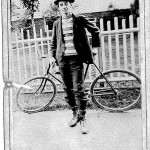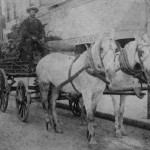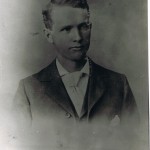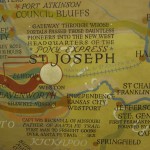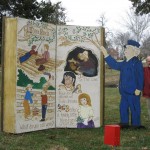Hannibal, Mo., cheerily announces its intentions before you reach the downtown area.
“America’s Hometown.” It’s written on a stout, sky-blue water tower that looms over Highway 61, one of the tallest structures in Hannibal.
Terrell Dempsey, a Hannibal attorney whose practice sits on a downtown street mostly populated by vacant storefronts, speaks openly about some of the hypocrisy arising from the label.
“This is a place—and I know it isn’t going to surprise anyone—if you’re well-educated, you get out of.”
Dempsey isn’t shy about calling attention to the unsavory aspects of America’s Hometown. While much of the town’s livelihood depends on its ability to wrap itself up in the nostalgia of good natured, rabble-rousin’ Tom Sawyer and sweet, girl-next-door Becky Thatcher, the truth is that Hannibal has a very real history with slavery.
A few years ago, Dempsey began to investigate the town’s slaveholding past and published Searching for Jim: Slavery in Sam Clemens’s World.
“I’m not a great historian,” he said, modestly. Dempsey’s office walls are plastered with 19th-century American photographs. “You didn’t need to be the brilliant detective to find all this stuff [about slavery]. It was consciously forgotten.”
In Hannibal slave owners had little need for slaves to perform backbreaking plantation work; rather they were used for domestic tasks and financial stability. A slave was an investment. Dempsey said to think about a slave as an equivalent to a 401k, although that doesn’t change the inhumanity of the institution.
“When you think slaves, you need to think like a pet,” he said. “Your dog doesn’t get a bedroom.”
In order to perpetuate the more wholesome myth of Tom and Huck, America’s Hometown has swept some things under the rug. Dempsey said there are certain things the town either forgets or doesn’t talk about, slavery being one of them.
Slowly, community groups are addressing race relations, and the Mark Twain Museum is exhibiting information about the Clemens’ slaveholding past.
“I don’t want you to have the impression that things don’t change here. They do. They just change in a different way.” It’s a “slower, less fluid place.”
Alyssa



